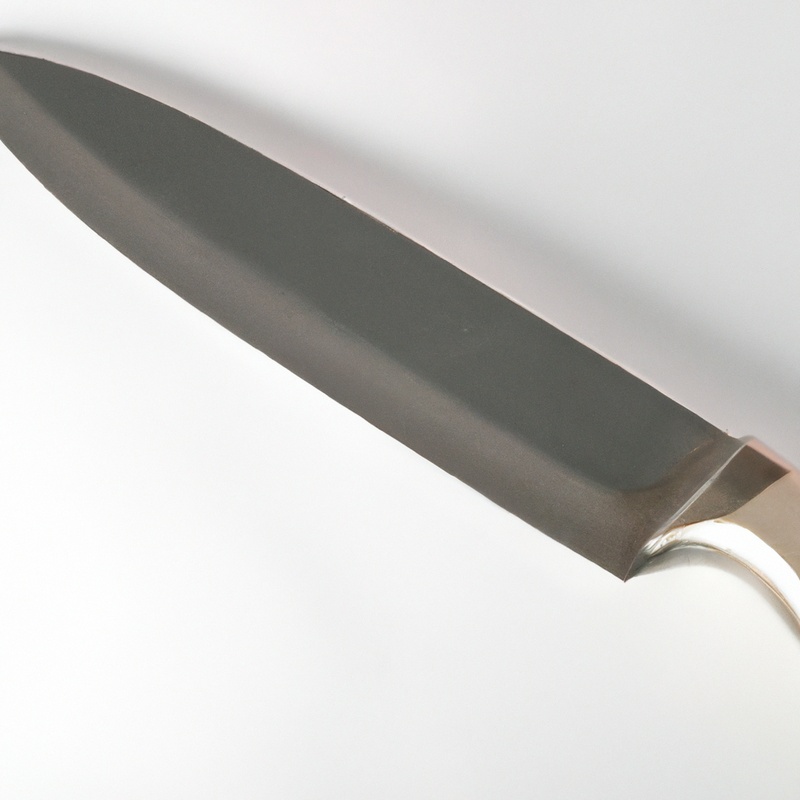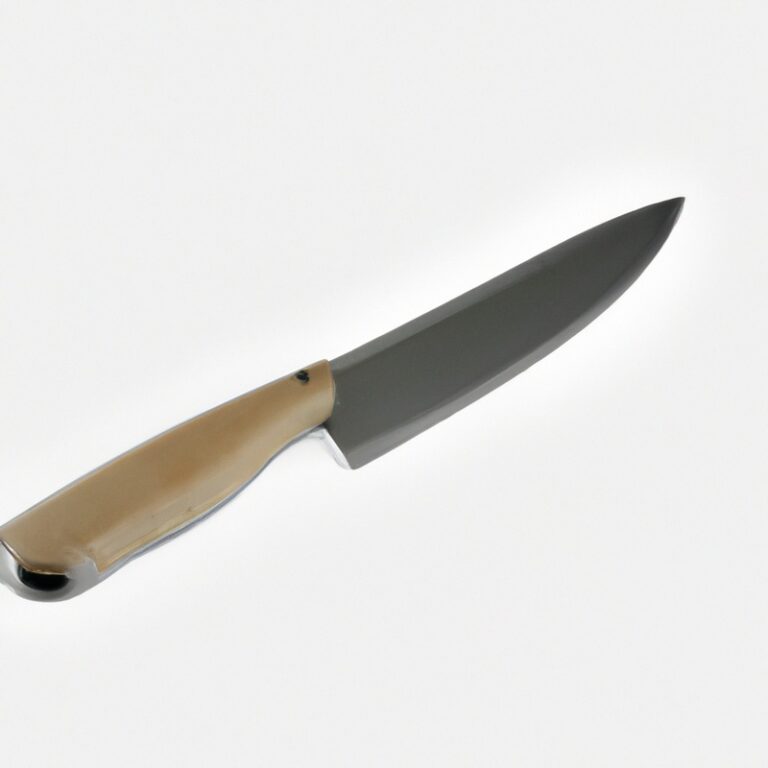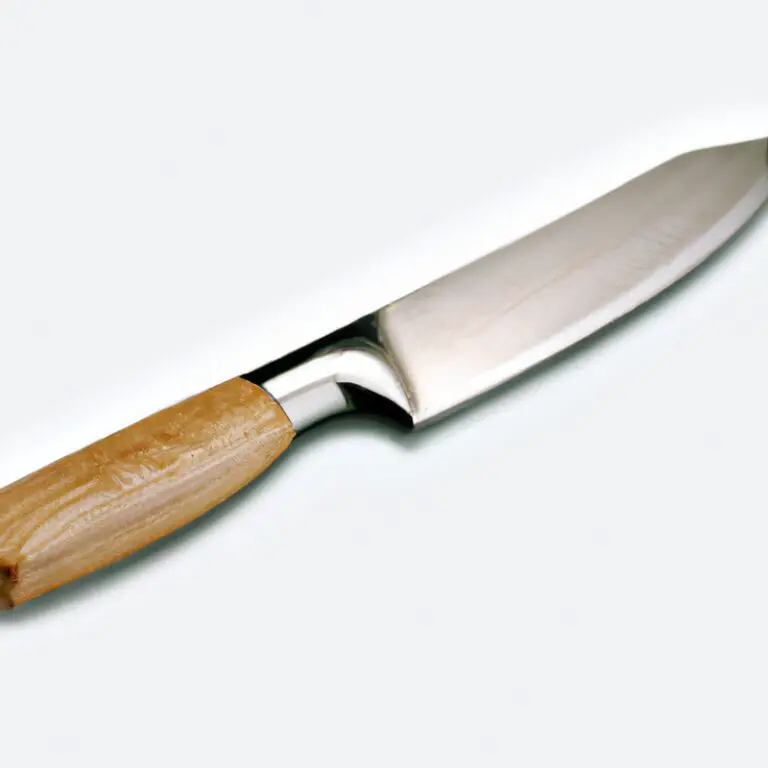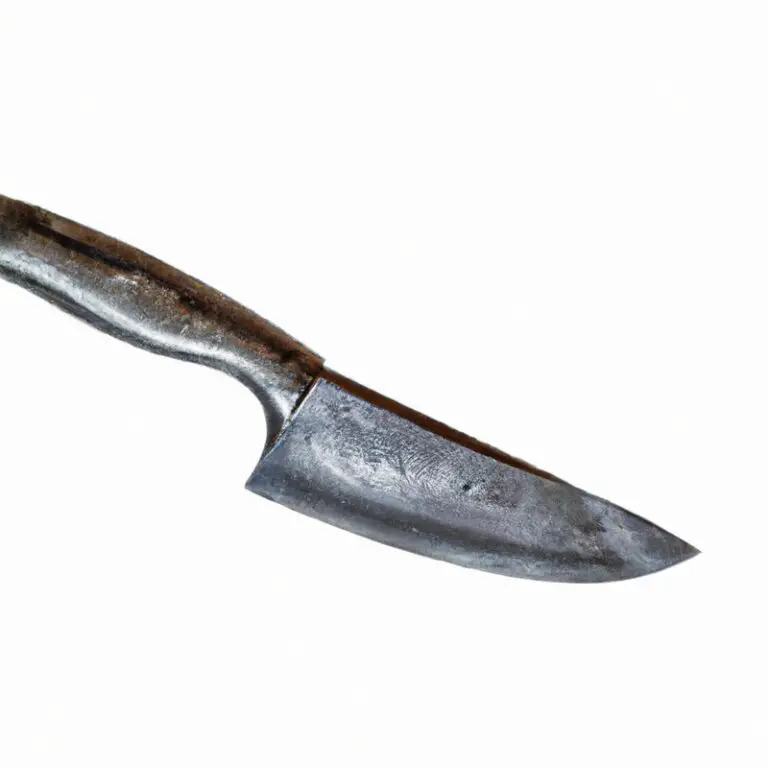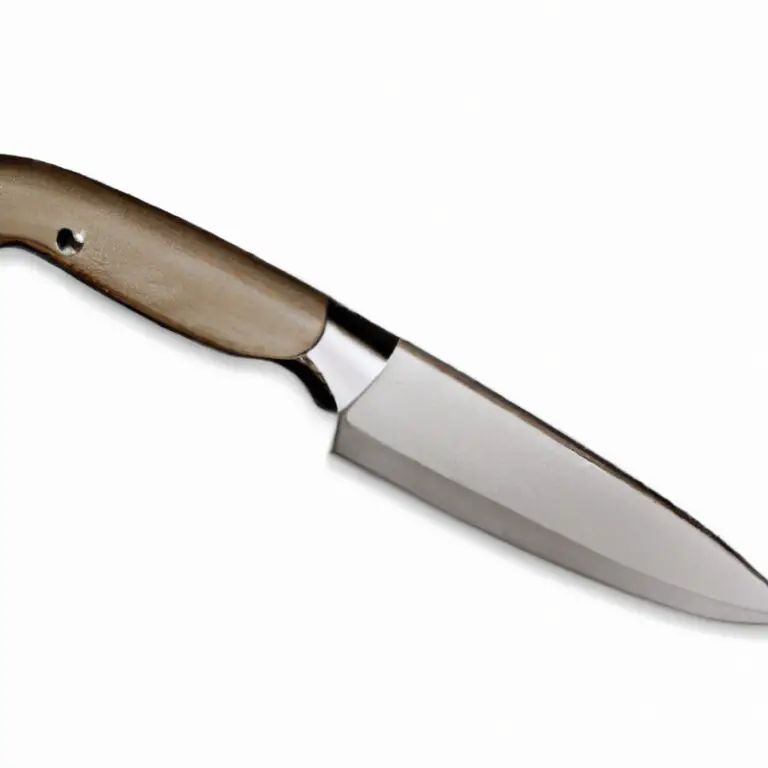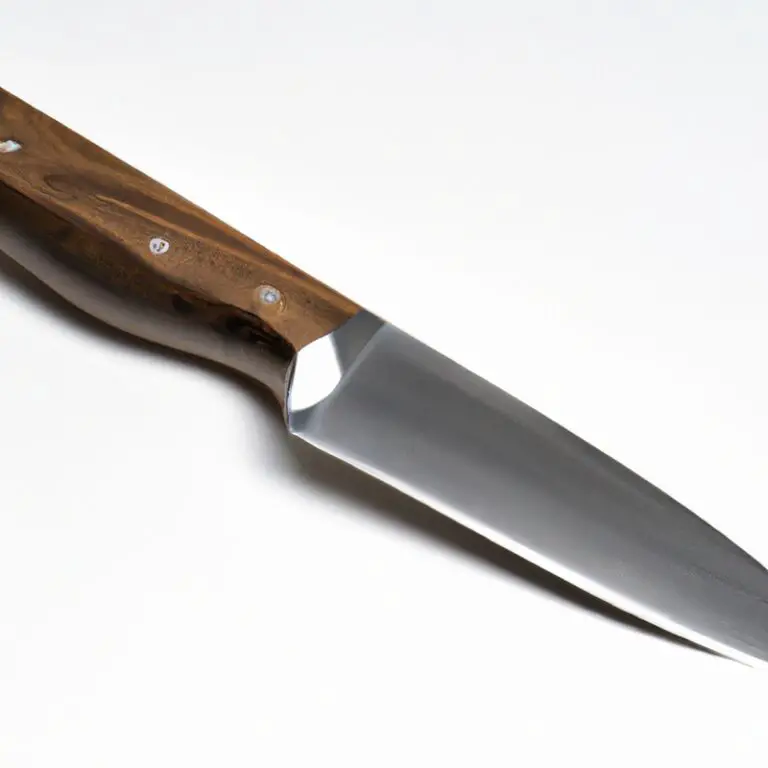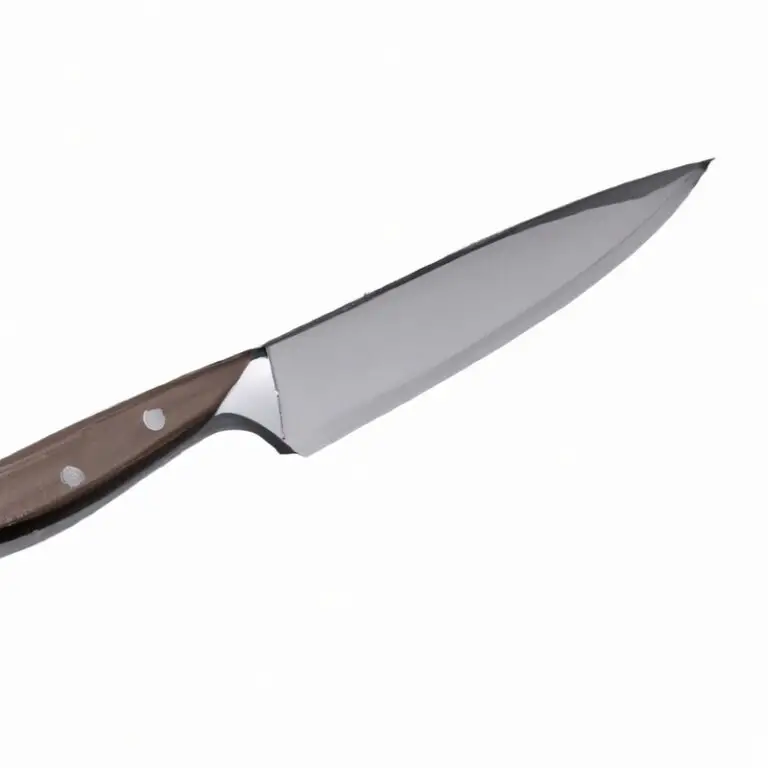How To Fillet a Brown Trout Using a Fillet Knife? Master The Technique With Ease!
Key Takeaways:
- Use a sharp fillet knife to make precise cuts when filleting a brown trout.
- Follow the natural contours of the fish to remove the skin and bones from the fillet.
- Take your time and practice safe knife handling techniques to avoid injury when filleting a fish.
- Properly filleting a brown trout can lead to more enjoyable meals and a higher quality of fish.
If you’re a seafood lover, catching and filleting your own fish can be an exhilarating experience. But, filleting a fish can be a daunting task, especially if you’re a beginner.
So, if you’re wondering how to fillet a brown trout using a fillet knife, you’re in the right place.
As an avid angler, I’ve filleted my fair share of trout, and I’m here to share my expertise and top tips for a clean and hassle-free filleting experience. So, grab your fillet knife and let’s dive into the world of filleting!
| Step | Description |
|---|---|
| 1 | Place the fish on a clean and flat surface. Start by removing the head with a sharp knife, cutting it just behind the gills. |
| 2 | Cut along the spine of the fish, starting from the head and going down towards the tail. Use the tip of the fillet knife to cut through the rib bones. |
| 3 | Once you have reached the tail, gently lift the fillet and with the knife, cut it away from the bones. Repeat the same process on the other side of the fish. |
| 4 | Remove the skin of the fillets by placing the fillet skin-side down on the cutting board. Insert the fillet knife between the skin and the flesh at the tail end of the fillet. Hold onto the skin with your other hand and, using a back-and-forth sawing motion, cut the skin away from the flesh. |
| 5 | Remove any remaining bones from the flesh using tweezers or pliers. Rinse the fillets under cold running water and pat dry with paper towels. |
Preparing the Fish: Scaling and Gutting
Before filleting your brown trout, it is essential to scale and gut the fish. Scaling involves removing the scales from the fish’s skin, while gutting involves removing the organs from the fish’s body cavity.
To scale the fish, use a scaling tool or the back of a knife to scrape off the scales, starting from the tail towards the head.
Rinse the fish under running water to remove the scales and any loose bits that may have stuck to the skin. Be sure to scale the fish over a sink or outside to prevent a mess.
Gutting the fish involves cutting along the belly from the anus to the gills using a sharp knife or scissors.
Gently remove the organs, being careful not to puncture the gallbladder, as it can release a bitter-tasting bile that affects the fish’s taste. Rinse the fish under cold water to clean out any remaining debris.
By scaling and gutting your brown trout, you make filleting much easier and prevent any undesirable flavors that may come from the fish’s internal organs.
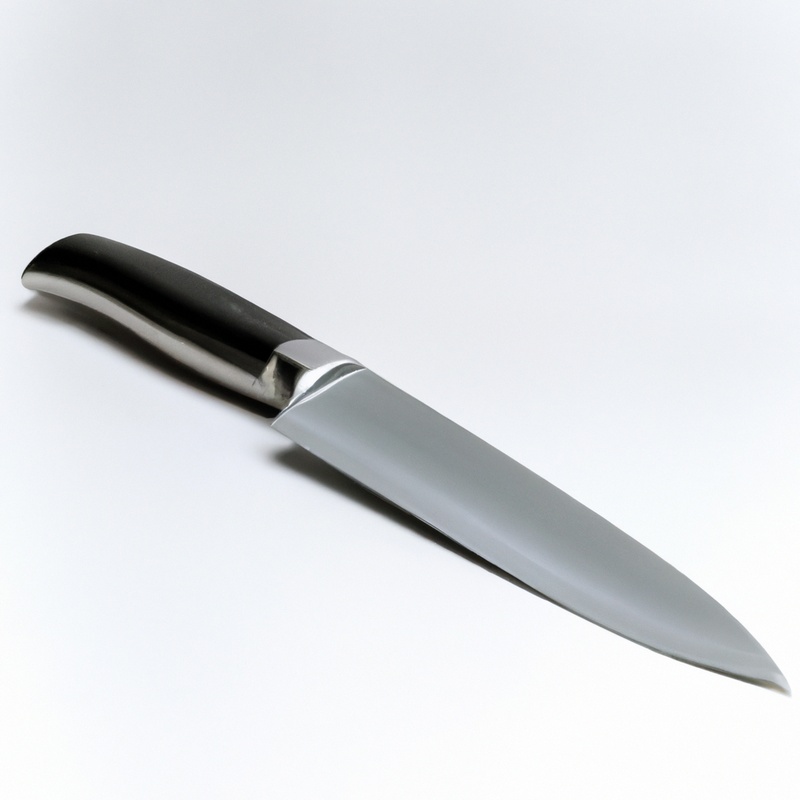
Choosing the Right Fillet Knife
Choosing the right fillet knife is crucial for a successful fish fillet. A good fillet knife should have a flexible and sharp blade, allowing you to easily maneuver around bones and cut through the fish’s flesh.
When selecting a fillet knife, consider the blade length, handle grip, and blade material.
A blade length of 6 to 9 inches works best for most fish fillets. A non-slip handle grip is essential to ensure a safe and comfortable grip during use.
There are two main types of blade material: stainless steel and high-carbon steel.
Stainless steel is corrosion-resistant and easy to maintain, while high-carbon steel is more durable and holds a sharper edge for longer. Investing in a quality fillet knife may cost more upfront, but it will save you time and effort in the long run.
A well-made fillet knife will last for years and provide a smoother, more precise filleting experience.
Overall, make sure you choose a fillet knife that feels comfortable and suits your needs to make fish filleting an efficient and enjoyable task.
Safety Tips for Filleting Fish
The process of filleting fish needs to be handled with care to prevent injuries. It is crucial to use a sharp fillet knife to avoid mishandling the fish, which can cause slips that may result in cuts.
Here are some safety tips to keep in mind:
- Use a stable cutting surface: Always use a cutting board that is stable and non-slip to ensure that the fish remains in place, and the knife does not slip.
- Keep your hands dry: Keep your hands dry and free of oils and water, as it can cause the knife to slip.
- Cut away from the body: Always cut away from your body and fingers to prevent accidents.
- Use protective gear: Use gloves to protect your hands and keep them out of the way of the knife.
- Keep your fillet knife sharp: A dull knife requires more pressure and is more likely to slip and cause injuries.
- Be mindful of the spine: When filleting the fish, avoid the spine as it is tough to cut, and the knife can slip.
By keeping these safety tips in mind, you can ensure a smooth filleting process without injuring yourself or damaging the fish.
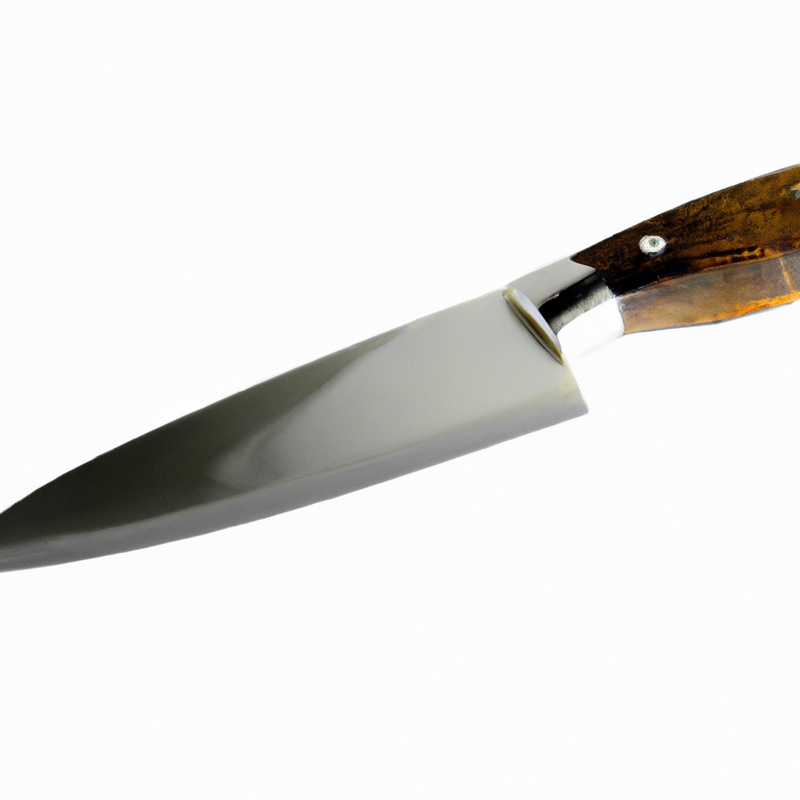
Starting the Fillet: Making the First Cut
To start filleting a brown trout, you need to make the first cut along the dorsal fin. Hold the fish firmly by the head with one hand and place the knife at the base of the dorsal fin, perpendicular to the backbone.
Apply gentle pressure and make a shallow incision towards the tail.
Continue cutting until you reach the backbone, but don’t cut through it. Turn the fish around and cut along the other side of the dorsal fin and repeat the process until you have created two flaps of flesh.
Be careful not to cut too deep or you might damage the bones or remove too much meat.
A sharp fillet knife and a steady hand are essential for making clean cuts. Once you finish the first cut, you can move on to the next step of filleting your brown trout.
Removing the Bones: Filleting the Brown Trout
Removing the bones is the most crucial step in filleting a brown trout. To start, locate the rib bones by gently running your finger along the center of the fillet.
Then, use the tip of your fillet knife to make shallow cuts on each side of the row of bones.
Next, insert the knife between the bones and flesh at an angle and carefully cut along the bones, separating the fillet from the skeleton. Make sure to keep the knife as close to the bones as possible to avoid wasting any flesh.
Repeat the process on the other side of the fish.
Once both fillets are bone-free, use tweezers or pliers to remove any remaining pin bones. Your perfectly filleted brown trout is now ready for cooking!
Cleaning the Filleted Fish: Deboning and Cutting the Flesh
After filleting a brown trout, the next step is to clean the filleted fish by deboning and cutting the flesh. To do this, first, check the fillets for any remaining bones using your finger or tweezers.
Then, using a sharp fillet knife, remove the skin by making a shallow cut between the fillet and the skin.
Next, take a closer look at the flesh and trim any remaining fat or unwanted pieces. Use the fillet knife to cut the fish into serving portions according to your preference.
Be sure to cut across the grain of the meat for a more tender and flavorful result.
Once done, you can rinse the fillets with cold water to remove any loose scales or debris. Pat dry with paper towels, and your filleted fish is now ready to be stored or cooked.
Remember to handle the fish with care to maintain its quality and freshness.
Storing and Preparing the Fish for Cooking
Once you have filleted the brown trout, it’s essential to handle the fish correctly to ensure that it’s fresh and flavorful for cooking. Rinse the fillets with cold water and pat them dry with a paper towel.
You can store the fillets in the refrigerator or freezer depending on when you plan to use them.
If you’re cooking the fillets within a day or two, wrap them in plastic wrap and store them in the refrigerator’s coldest part. For longer storage, place the fillets in a freezer-safe bag, squeeze out any excess air, and freeze them.
Before cooking the fillets, you need to remove any remaining bones.
Run your finger along the fillet’s flesh and remove any pin bones with a pair of tweezers or needle nose pliers. Then, cut the fillet into smaller pieces according to the recipe’s instructions.
Remember, the fresher the fish, the better it will taste.
If you’re not planning on using the fish immediately, it’s best to freeze it as soon as possible to preserve its quality. When thawing fish, do so slowly in the refrigerator overnight or under cold running water.
Avoid thawing in warm water or at room temperature, which can lead to bacterial growth and spoilage.
Expert Tips for Filleting a Brown Trout
Expert Tips for Filleting a Brown Trout:
- Use a sharp fillet knife: A dull knife can make the filleting process more challenging and dangerous. Ensure your fillet knife is sharp to make clean and precise cuts, reducing the risk of injuries.
- Proper technique and angle: When filleting a brown trout, use proper technique and angle to avoid wasting the fish. Hold the head firmly in your non-dominant hand and slice the fillet off the bones by cutting it at a 45-degree angle.
- Start with small cuts: Start with small cuts and gradually increase the size to avoid accidentally cutting through the bones or skin. This also makes it easier to follow the fish’s contours for a more precise cut.
- Use tweezers to remove pin bones: After filleting the fish, use tweezers to remove any pin bones that may be left behind. Also, cut the fish into smaller portions before cooking for even cooking.
- Keep the filleted fish chilled: After filleting the brown trout, keep it chilled in the refrigerator or in a cooler with ice until ready to cook. This prevents bacteria growth and helps maintain the quality of the fillet.
By following these expert tips for filleting a brown trout, you can ensure a successful filleting process with less waste and more delicious fillets for your next meal.
Troubleshooting Common Filleting Problems
Sometimes, even with the best technique, filleting a fish can be difficult due to unforeseen factors. Here are some common filleting problems and their solutions:
- Difficulty removing the skin: If the skin is not coming off easily, try placing a paper towel between the skin and the fillet. This should help grip the skin and allow for easier removal.
- Removing too much flesh: If you find yourself removing more flesh than intended, try adjusting the angle of the knife. Make sure it is flat against the bones to avoid cutting too deep.
- Getting stuck on the bones: If the knife gets stuck on a bone, try changing the angle or direction of the cut. Use short, gentle strokes and try to maneuver around the bone.
- Uneven fillet: If one side of the fillet is thicker than the other, adjust your cutting angle. Make sure the knife is held flat against the bones and move it in a gentle sawing motion to even out the thickness.
- Losing meat near the tail: If you’re having trouble getting meat near the tail, try starting from the tail and work your way up towards the head. This will prevent the flesh from slipping away from the knife.
Remember, practice makes perfect! Don’t be discouraged if you encounter these problems, just take your time and adjust your technique.
Video Tutorial: A Step-by-Step Guide to Fillet a Brown Trout
The best way to learn how to fillet a brown trout using a fillet knife is by watching a step-by-step video tutorial. Thankfully, there are many instructional videos available online that provide clear and concise instructions for filleting a fish.
One such video features a professional fisherman demonstrating how to properly fillet a brown trout, from preparing the fish to removing the bones and cutting the flesh.
This video tutorial is a valuable resource for anyone new to fish filleting or looking to improve their existing skills. By following along with the video, viewers can learn proper techniques and avoid common mistakes made during the filleting process.
So, if you’re looking to fillet a brown trout using a fillet knife, be sure to check out this helpful video tutorial.
Final Verdict
Filleting a brown trout can seem daunting, but with the right tools, techniques, and knowledge, it can be a simple and rewarding process. By scaling and gutting the fish, choosing the right fillet knife, and following safety tips, you can safely fillet a brown trout and produce a delicious meal.
Remember to make the first cut carefully and remove the bones thoroughly.
Cleaning and deboning the fish ensures that you get the most out of your catch. By storing and preparing the filleted fish properly, you can preserve its freshness and enjoy it even more.
Expert tips and troubleshooting strategies can help you overcome any challenges that may arise during the filleting process.
By watching the step-by-step tutorial video, you can see everything in action and gain more confidence in filleting a brown trout. With these techniques in mind, you can become an expert in filleting a brown trout and impress your friends and family with your culinary skills.

